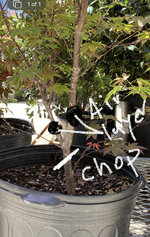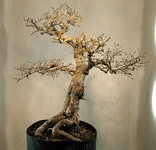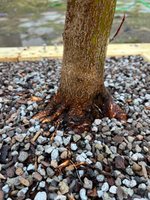I would save your money for something better down the line.
neither of those is good for bonsai trunks so why bother.
Can we discuss this notion of "better" material again? Obviously, trees that have been worked to improve nebari, trunk movement and taper, and branching are better material. These typically come with a higher price tag. For purposes of this discussion, let's take these types of trees out of the equation and deal with the more pre-bonsai type trees that we seem to be addressing here. I have found the following (general) sources:
- ebay, etsy and other similar online sites - unreliable, over-priced and generally not good material. I don't even bother.
- Higher-end growers - typically saplings/young trees. Pricier as far as seedlings concerned. Will require years of growth and development of all aspects of the tree. Roots are not yet giant lignified monsters and can be set up to grow properly. Good grower will provide a pot full of fine feeder roots.
- Local Bonsai shop - Again, young trees that require years of growth and development of all aspects of the tree. I have been unimpressed with the nebari and could not discern any special bonsai treatment to these trees. Potting soil slip potted into less crappy potting soil. Considering there are thousands of trees in the shop, this doesn't surprise me one bit. Trees have lower branching. I couldn't feel more like a tourist than after they provide me with a choice of bonsai pot and place a rock on the few pieces of actual bonsai soil they use as top dressing.
- Nursery - Larger caliper trees can be had. Roots can be a mess. Pricey. Year-end sales.
- Big box - Largish caliper trees. With the exception of one tree, each tree had roots that were fine for what this is. Usually 2 giant roots opposite each other as nebari. Cheap. Really nothing worth layering and I don't because I lose a season that I could have worked the roots.
- Ground grown for bonsai - For a price, larger caliper trees and, at times, movement/taper in trunk. Lower branching, but generally will need to be chopped etc.
My experience has thus far been that can I have a young tree for $50-$90 that hasn't had a chance yet to grow thick roots. They can be set up to grow nicer nebari. I am not growing in the ground, so it will be many years until I have a trunk that I want to work with. In the $200 range, I can have a ground grown for bonsai tree that has the caliper I want now. It's been in the ground for 8+ years. It will still need work to develop nebari and trunk movement/taper. In the fall, I can have a big box maple for $15.
I spend probably too much time surfing the web looking for trees and those $1,000 trees don't have the magical radial nebari either. Some of their nebari is in fact quite hideous. Others have a handful of oversized nebari - even I can do better. So what am I missing? Ultimately, when it comes to pre-bonsai, are we even looking for anything more than that starting point from which we will necessarily need to grow out the tree, prune it back to create movement and taper, develop nebari and ultimately branching? Seems like we are basically starting from the beginning, so why not start with a larger caliper on a tree that has already passed the survival of the fittest test in the rough commercial process?
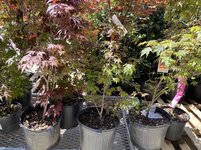 2383F13C-5FD4-40D5-AF60-4FFD7D54B136.jpeg318.2 KB · Views: 185
2383F13C-5FD4-40D5-AF60-4FFD7D54B136.jpeg318.2 KB · Views: 185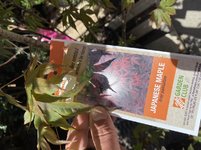 14FA4FB8-4F4E-4C8B-9371-43D620793F08.jpeg173.6 KB · Views: 160
14FA4FB8-4F4E-4C8B-9371-43D620793F08.jpeg173.6 KB · Views: 160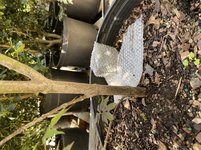 D198D513-8330-4459-9CBB-BDF6D3F3A065.jpeg251.1 KB · Views: 147
D198D513-8330-4459-9CBB-BDF6D3F3A065.jpeg251.1 KB · Views: 147 E34488A3-2701-46B1-BD8F-EE244ED775C1.jpeg257 KB · Views: 139
E34488A3-2701-46B1-BD8F-EE244ED775C1.jpeg257 KB · Views: 139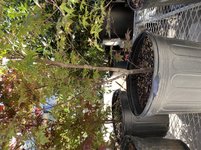 4D527FB7-E24E-42AC-88BD-E8782ECB543C.jpeg289.1 KB · Views: 144
4D527FB7-E24E-42AC-88BD-E8782ECB543C.jpeg289.1 KB · Views: 144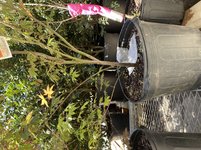 831D1399-4976-4D81-A3F0-3EEC13535414.jpeg283.5 KB · Views: 164
831D1399-4976-4D81-A3F0-3EEC13535414.jpeg283.5 KB · Views: 164
